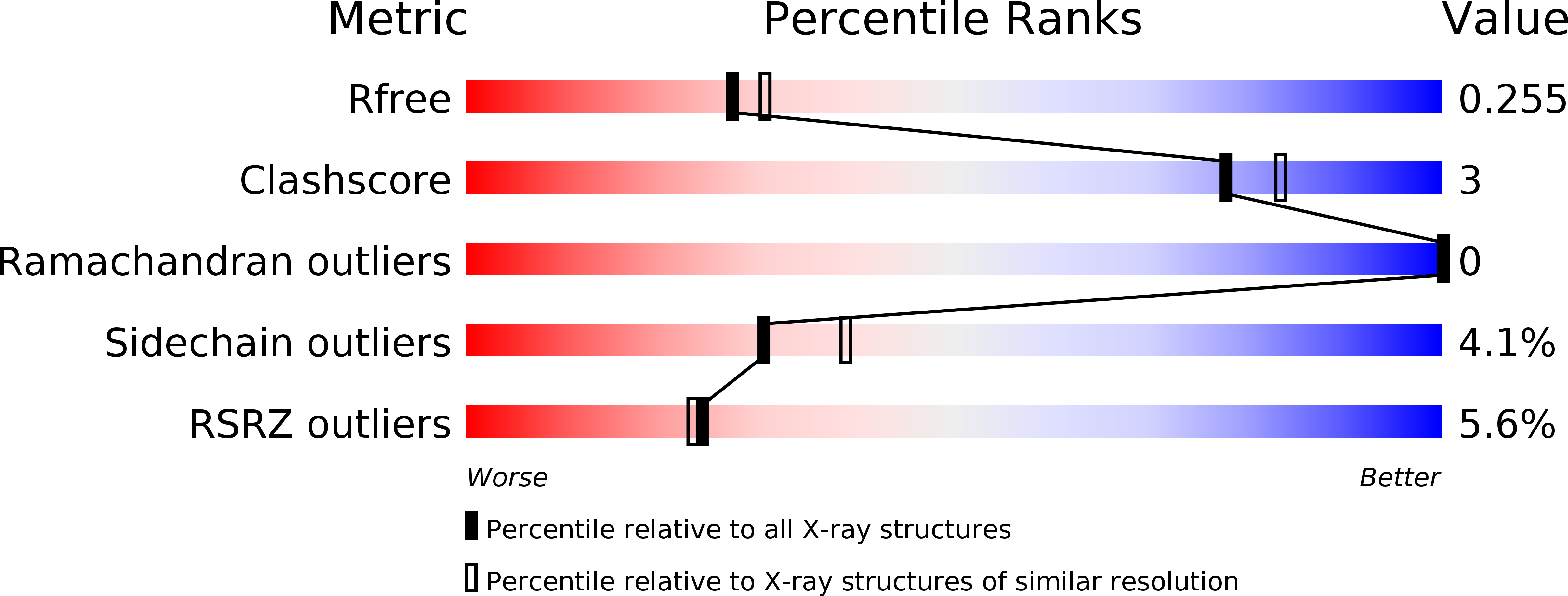
Deposition Date
2010-11-16
Release Date
2011-07-20
Last Version Date
2024-11-20
Entry Detail
PDB ID:
3PMA
Keywords:
Title:
2.2 Angstrom crystal structure of the complex between Bovine Thrombin and Sucrose Octasulfate
Biological Source:
Source Organism:
Bos taurus (Taxon ID: 9913)
Method Details:
Experimental Method:
Resolution:
2.20 Å
R-Value Free:
0.24
R-Value Work:
0.20
R-Value Observed:
0.20
Space Group:
P 43 21 2


